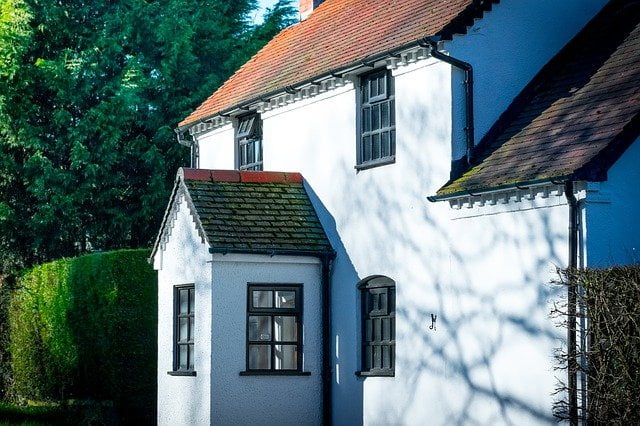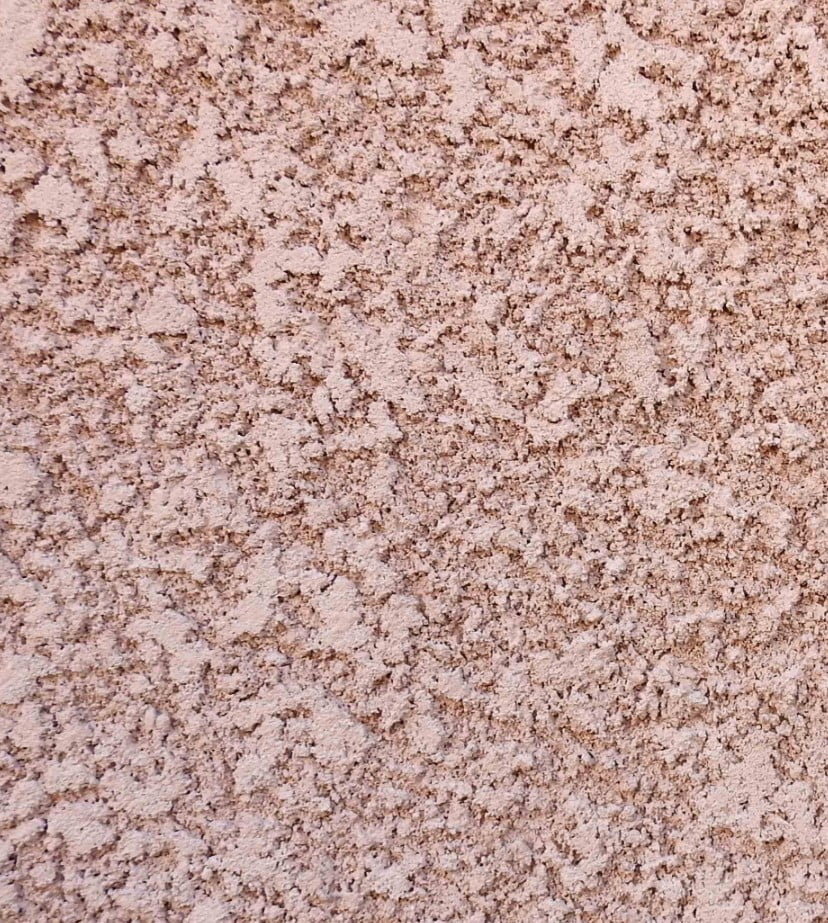Free Call Now

We are often guilty of neglecting the outside of our homes. After all, we usually spend more time indoors, where we invest in the decoration to make it look just right. But this can be a mistake, as the elements take their toll, not only making the external walls appear dirty and drab but also causing damage to bricks, mortar and stone walls. This can allow water to penetrate the cracks, leading to damp and mould problems.

This method of wall covering is nothing new and has been around for thousands of years. The Romans were experts at it, creating beautiful finishes in houses and temples alike.
Simply put, render is a type of plaster that is used as a decorative finish for walls (indoors and outdoors) that also provides protection from the weather. Renders were often made from lime, with traditional cement renders becoming popular in the late 1800s with the invention of Portland cement.
All of these types of render improved the ability of external walls to withstand the elements, to a certain degree. Lime renders were often whitewashed/limewashed or painted but needed frequent repainting to keep them fresh.
In recent years, house rendering has become a very popular choice of external decoration, used in new buildings and house renovation. This is partly due to the fact that the range of house renders has been expanded, and modern renders have been enhanced with the addition of different types of polymer, such as silicone and acrylic. One of the most attractive features of these new types of render is that there is a wide range of colours to choose from.
These additions make them far superior to traditional cement or lime renders (usually found on period houses), as they are more resistant to the weather, provide a water repellent surface that doesn't allow dirt to stick, and are flexible enough to stop the surface from cracking.
Modern renders benefit from new innovations that allow the pigment to be added during the manufacturing process, and are usually referred to as through-coloured renders. This allows for an extensive range of colours to be made available, as well as significantly increasing the protective qualities of the render.
The great thing about through-coloured renders is that they cut out the need for a top coat of paint after the render has been applied, and, as the colour goes right through the mix, any scrapes or scuffs on the surface will not be visible.
Traditional cement and lime renders will need repainting or patching up to repair damage and discolouration every three to five years.


This is one of the main advantages of modern silicone or acrylic renders; those vibrant colours will stay fresh for many years. Reports suggest that they will last for anything from 15, to 25, and even up to 40 years! That means there will be no need for repainting, saving you huge amounts of money, as well as the hassle of maintenance.
Some of these products have a water-resistant finish that stops dirt from sticking. Although you might want to give the
At the moment, there are four main options available, each with its own special qualities that make them suitable for different properties or situations:
Looking at this, you can see why this type of render is proving so popular. The sheer range of finishes and variety of colours alone makes them an attractive option for anyone wishing to upgrade and improve the look of their property.
As well as achieving a modern, clean-looking finish, with coloured rendering, you can protect the building from the elements for as much as 25 years, and possibly more. In addition, you will add value to your home and save money on energy bills because of the external insulation properties, as well as making a saving on future maintenance costs.
For anyone considering a new build, home improvement, or renovation project, coloured render systems an obvious choice.
